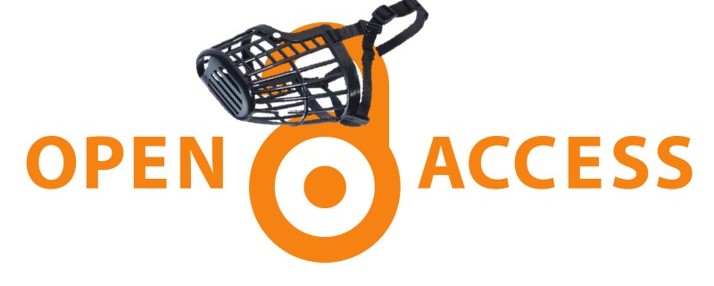Josh Silberg and Pascal Lapointe, Policy & Politics co-editors
When federal scientists asked Ottawa to enshrine scientific integrity in their upcoming collective agreement, the mainstream media began to take notice (again). The muzzling of federal scientists has been discussed for years in several venues, including an investigative report by CBC’s The Fifth Estate and a 2012 story in the high-profile journal Nature. Currently, a dedicated group of scientists called Evidence for Democracy are actively working to keep the topic in the public eye. However, even though the topic is discussed regularly in Canadian scientific circles, scientist muzzling is surprisingly low on the radar of Canadian science bloggers.
All of that changed recently when former Fisheries and Oceans Canada biologist Steve Campana made the interview rounds upon his retirement from the federal government.
Michael Rennie, who left government science for academia, wrote on his appropriately titled blog, Unmuzzled Science, that Steve sure knows how to make an exit.
“I was pleased to hear that the conversation was not just about the whole muzzling issue, but it raised all the other barriers to government scientists doing their job that I’ve outline here; limiting access to external funds, administrative barriers to travel, hiring, communications – he pretty much does a great job of summarizing everything that is wrong with the current state of affairs.”
On May 17th, the union representing federal scientists (Professional Institute of the Public Service of Canada (PIPSC)) announced they would work to ensure that researchers can speak openly about their work, publish results without fear of censorship, and collaborate with peers. Last November, PIPSC had also announced that – in contrast to previous elections – they would actively campaign against the current government when Canadians go to the polls this fall. Newspapers like the Globe and Mail, the Ottawa Citizen, and Le Devoir, and others reported on the issue, and the CBC published a comprehensive FAQ.
On May 26th, three Liberal House of Commons MPs put forward a motion calling on the government to remove the constraints on federal scientists. The motion, which was subsequently defeated, was an initiative of Liberal science critic Dr. Ted Hsu, a physicist with a PhD from Princeton. Also included in the motion was an appeal for the creation of a Chief Science Officer for Canada, who would be tasked with ensuring that “government science is freely available to those who are paying for it, namely, the public”.
Ironically, in late February the federal funding tri-agency – comprised of the National Science and Engineering Research Council (NSERC), the Canadian Institutes of Health Research (CIHR), and the Social Sciences and Humanities Research Council of Canada (SSHRC) – quietly announced a new open access publishing policy. The press release, titled ‘Opening Up Canadian Research to the World’, revealed that all NSERC and SSHRC grants awarded from May 1, 2015 onward would be subject to the new open access policy. Any peer-reviewed journal publications arising from federally-funded research must now be made freely accessible within 12 months of publication. The tri-agency highlighted that this new policy is important to “ensure that publicly funded research is available to the public.”
Increasing access to taxpayer-funded research is laudable, but contradictory given that federal scientists, who are also publicly funded, continue to be impeded from speaking to the media about their published research. Hopefully, this recent flurry of media attention will encourage Canadian bloggers to share their views on supporting federal science and making it open to all Canadians.





